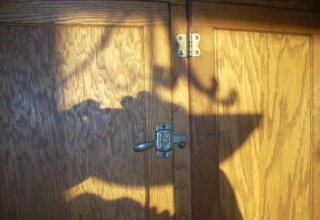
The more I observe human behavior, the more I see how our personal history influences our attitudes and behaviors, providing signposts for future work and direction. In my experience, three of the most powerful elements are in-group/out-group bias, our schemas (models), and our self-motivation or self-efficacy. While these concepts may sound complicated, please bear with me as I go through each element individually. Today I would like to focus on in-group/out-group bias.
If we travel back in time and place ourselves with our ancestors on the savanna, we can feel the safety and strength within our tribe. This group signified safety and protection to us at a fundamental level and provided the security we needed to explore the world around us. Although we no longer live in small tribes on the savanna, our need for the safety and security other people provide is still hardwired into our DNA. This is most likely the reason that Abraham Maslow placed the need for safety and security just above physiological human needs, such as food and water.
Every single action you take in the presence of another individual will be evaluated, consciously or unconsciously, through the lens of in-groups and out-groups. Detection of an out-group cue may trigger a “fight-or-flight” response and prevent further interactions. On the flip side, detection of streams of in-group cues promote and build a relationship and feelings of safety, empathy and support.
Nowadays our “tribe,” or in-group, is much more fluid and loosely defined. Any time we build rapport and establish trust and intimacy, we are developing an in-group. Trusted friends, family and coworkers can all become members of our modern-day tribe, and just as our ancestors relied on the safety and security of their tribe to explore the world around them, we too rely on our in-group to explore the unknown in our lives.
In coaching, building trust and intimacy helps establish an in-group and therefore provides a safe and secure place to explore the unknown with our client. The first time you meet a new client you may search for common ground like a sports team, a hobby or education. The more common areas of interest, the higher the strength of this in-group relationship.
Time and learning can play a role as well. Suppose you have coached an executive for over three years, helping this individual explore and move through several job changes and promotions along the way. Over these years you will have built a very strong bond, a strong feeling of safety and security together, cementing this feeling of the in-group.
Download Article 1K Club


















